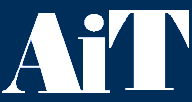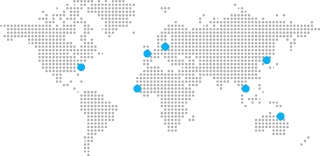Corrosion Mapping Using the HydroFORM Technology

Advanced Inspection & TestingCo Ltd. uses PAUT MX2 OMNISCAN, paired with an HydroFORM to conduct corrosion mapping. It measures the remaining wall thickness of pipes and Pressure Vessels.This method provides precise measurement of the remaining material by taking into account the external and internal surface reflections.
The interior and exterior surfaces of carbon steel pipes and shells tend to corrode over time, regardless of their environment. AITCLare expert in regular inspection of this corrosion to assess and monitor pipe and Vessel integrity.
This Inspection Technology analyses the ultrasound reflections and calculates the delay between the external and internal surface echoes to provide the remaining wall value at every 1 mm × 1 mm point.
Career path
Adding expertise by achieving additional methods/techniques certification improves your job opportunities and options and often leads you down a more fulfilling and exciting career path.
Taking manual measurements of surfaces, such as with a pit gage, is time consuming and operator dependent. The measurement results can vary from user to user and from inspection to inspection. Inspectors need a more reliable method for a faster, more efficient inspection.
The HydroFORM scanner Technology is a proven solution for inspecting internal corrosion in pipes. With its water-column feature that eliminates the need for a wedge, the HydroFORM scanner Technology provides the benefits of a phased array immersion tank inspection. It offers excellent surface conformance and coupling conditions, even on rough surfaces.
When the HydroFORM scanner is used with a multigroup instrument, external corrosion can be mapped at the same time as internal corrosion (remaining wall) in one scan. The first group is optimized for internal corrosion while the second group (using the same probe) is optimized for external corrosion mapping. This provides two distinct C-scans that can be analyzed directly on the OmniScan flaw detector.


